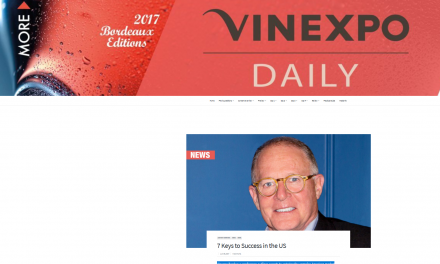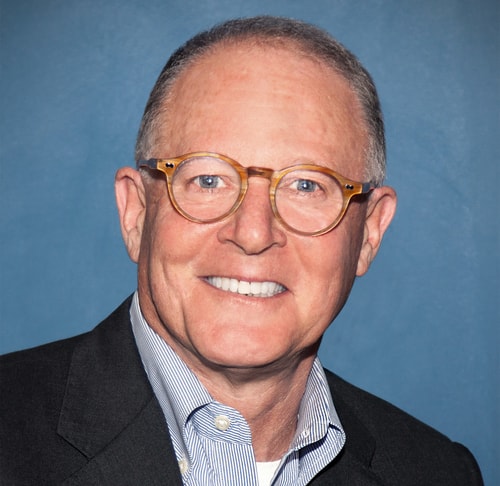I’m reprinting an edited version of Rudy Ruiz’s extemporaneous presentation at the U.S. Drinks Conference. He’s 100% “spot on” with most of his comments.
We highly recommend new brands do not target New York and FL in their initial launch plans. We believe it is better to be a big fish in a small pond where you’ll have a much better chance of demonstrating success. Once you’ve generated a repeatable, scalable program and worked out the bugs, then you can move on to the bigger markets.
And we agree completely with the concept of alignment…retailers both on and off premise are not interested in building your brand. They’re interested in building their business. And if your brand gets built in the process…then we all win. But their interest is in three primary things:
-Getting more customers
-Spending more money
-Coming back more often
Effective marketing programs are designed with the recognition of this alignment in goals…help them build their business first and you’ll build your brand in the process.
On the on-sales side, make enough use of the potential benefit from a strong relationship with the bartender. Win over the bar teams and you have on site ambassadors for your brand. The importance of getting your product on the drinks menu should also not be underestimated.
Product displays are more important that securing a good space on the main shelves, since without the brand recognition, consumers won’t pick it up.
What SWS expects from brand owners.
I try to make time to see everyone, but I want to see a 3-year plan, including a 1 year operating plan including KPIs etc. It must be clear that the brand is relevant, and this won’t happen just through distribution – all the effort of opening new accounts will be wasted if these are then lost by a lack of support from the supplier. It’s amazing how often potential suppliers come to see me with very little insight into the type of consumer they wish to target, or research into the market and their category. So many plans are put together in a vacuum, with no reference to the competition.
A new product entering a crowded market needs to be different. I don’t have time to work with them to put together a business plan, but in these situations I encourage them to seek professional (marketing) help. It’s a question of applying some rigor to setting out the offer and then tightening it.
Testing to prove the concept.
Testing the market place on a smaller scale is a good idea, rather than trying to get into all 50 states at once. If successful, these tests should generate excitement from the GMs, which is more sustainable than having this enforced by HQ.
I generally recommend brands avoid testing in California – although it’s a popular strategy, it will be very expensive. It may be more worthwhile to consider launching in a state that is less significant in the beverage alcohol market and building loyalty there before expanding.
The first step should be setting up bar tender focus groups, followed by maybe 20 accounts which will be supported by these bar staff. At this stage price and other parts of the plan can be tweaked according to feedback. I usually advise brands to avoid high end night clubs during the testing period. It’s difficult to get a feel for the brand’s potential once the exclusive period ends and consumers move on to the next month’s promotion.
Hopefully after one year, the brand will be in 2 markets. If the brand has been pitched right with strong research, then demand should spread to other markets from here. We want bars and retailers contacting us to get hold of the brand. The key to achieving this result is the ability to show tremendous marketing discipline.








